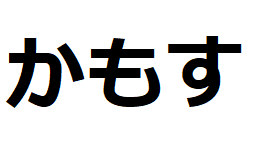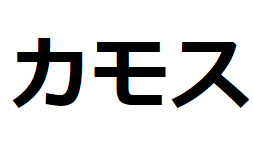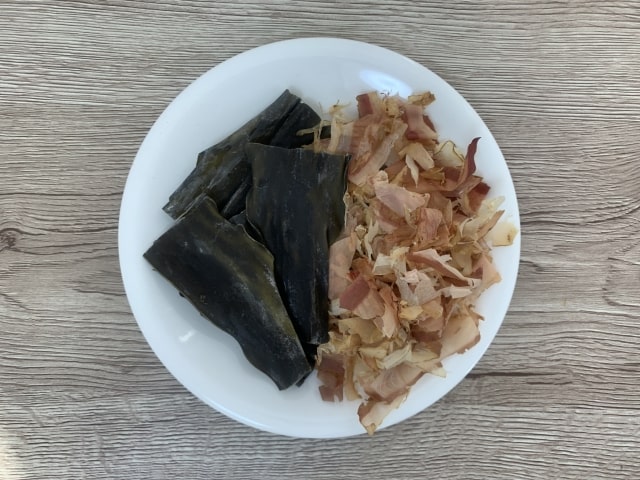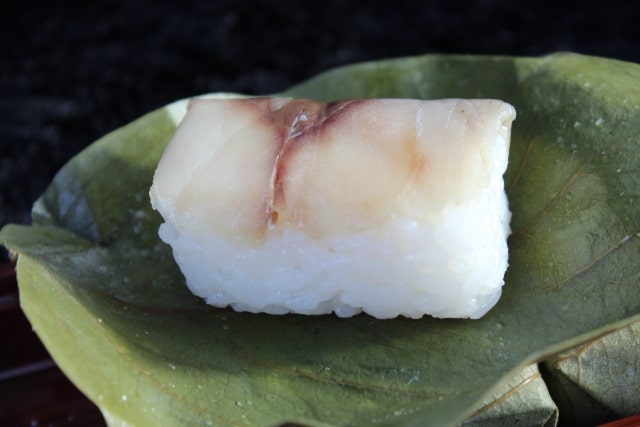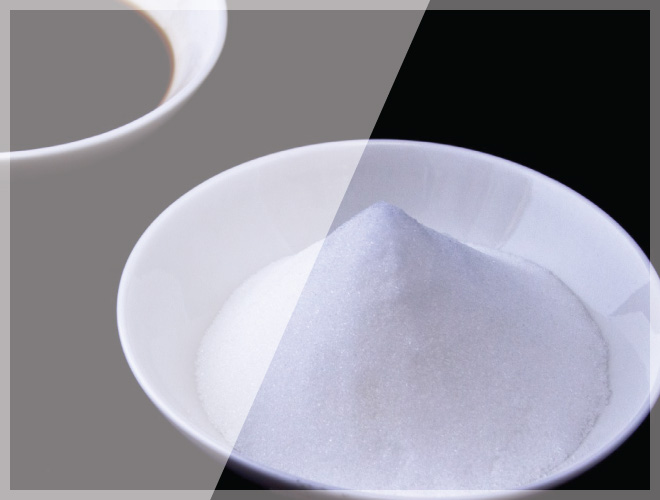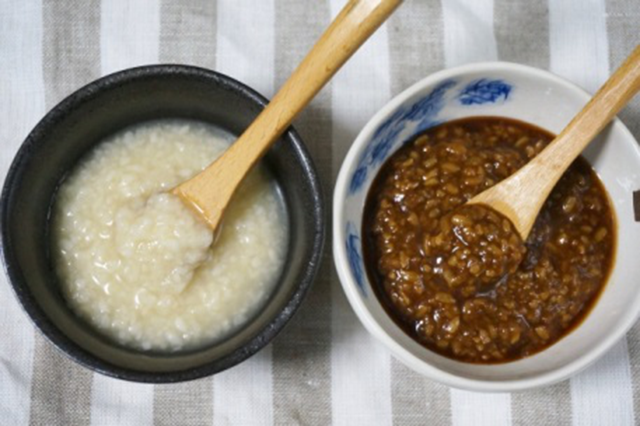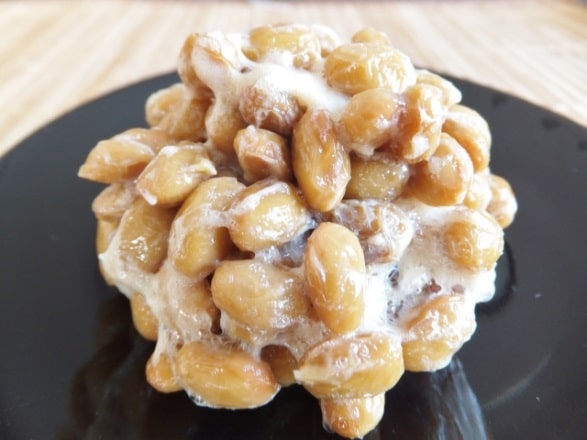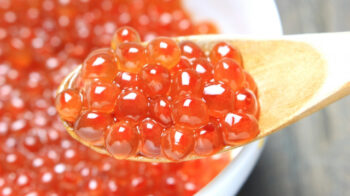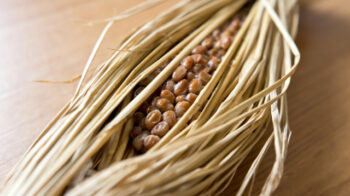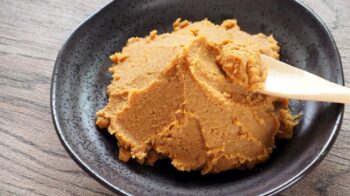Preservation
Welcome to the world of food preservation.
Soon after gaining surplus food, we began to stock them in case of shortage.
What we call, the wisdom of humanity.
Before the invention of the refrigerator, we preserved food in six ways.
Let’s learn about them.
Below is the contents of this page.
1. Methods of preservation
1) Dry:
We can preserve foods from deteriorating by drying them.
Because bacteria cannot live without water, just like us.
It is also known that drying activates the enzymes inside foods and makes them rich in Umami.
Therefore, in Japan, we widely use dried foods such as dried bonito (Katsuobushi), small dried sardines (Niboshi), edible kelp (Kombu) in our daily cooking.
2) Smoke:
We can preserve foods from deteriorating by smoking them.
Because phenol in smoke serves as an antiseptic.
In Japan, smoking is used for making dried bonito (Katsuobushi), a representative of preserved foods in Japan.
Dried bonito (Katsuobushi)
Dried bonito (Katsuobushi) is the main ingredient to make Dashi (Japanese soup stock).
Because it is surprisingly rich in Vitamin Bs and inosinic acid which is the source of Japanese Umami.
Going through the below processes, undoubtedly, Katsuobushi is a combination of preservation methods.
- boiling
- smoking
- fermenting
- drying.
3) Wrap with leaves:
We can preserve foods from deteriorating by wrapping them with leaves.
Because the polyphenol contained in the leaf has an antibacterial effect.
In Japan, some kinds of Sushi are wrapped with a leaf.
In addition to the effect of preservation, the aroma of the leaf stimulates our appetite.
4) Sprinkle ash:
We can preserve foods from deteriorating by sprinkling ash.
Because the strong alkalinity of ash prevents bacteria from thriving.
In Japan, seaweed called Naruto Wakame is made by sprinkling ash and drying.
Surprisingly, it keeps its color and texture for more than one year.
5) Salting:
We can preserve foods from deteriorating by salting them.
Because the osmotic pressure of salt is high and bacteria cannot live in the salty place.
However, this rule doesn’t hold true for good bacteria.
Thus, using salt and good bacteria, we make many fermented seasonings such as Miso and Soy sauce.
Furthermore, making fermented seasonings is the best way to preserve salt itself which was very precious in the past.
Because protein and starch protect salt from touching air and prevent its decomposition.
2. Fermentation
We can preserve foods from deteriorating by fermenting them.
Because good bacteria produce peptides and special amino acid which keeps away bad bacteria.
In addition, amino acids cause umami.
Therefore, fermentation has been the most important preservation method in Japan.
In the humid climate, Japanese food culture has progressed by harnessing good bacteria.
– without allergens
Egg, milk and soy are three main food allergens.
But containing soy, Natto, Miso and Soy sauce do not cause allergy.
Because the protein and peptide that cause allergies are broken down to the amino acid in the fermentation process.
This is one of the marvelous effects of fermentation.
– Nutritional value
Fermentation also increases nutritional value.
For example, Natto produced by fermentation contains about 10 times more vitamin B2 and 180-300 times more amino acid than simply cooked soybeans.
Natto also contains many digestive enzymes as well as enzyme that melts thrombus.
In addition, fermentation produces the aroma that excites appetite and flavor called “umami” caused by increased amino acid.
– Kamosu
The Japanese word for the verb ferment is kamo-su.
Next, let’s look into the word kamo-su.
Just like umami, this word is used in various situations.
For example,
1) Chô-wa wo kamo-su
2) Butsugi wo kamo-su
The first phrase 1) means “creating harmony (wa) which is one of the most important virtues in Japanese society.
To the contrary, the second 2) means “causing disputes” or “causing a scandal”.
In this way, we used the word “kamosu” to describe the action of creating or causing something delicate.
Probably, ancient Japanese felt something mythical in the process of fermentation.
Some argue that the linguistic origin of “kamo-su” is “kami-su“.
“Kami” means god and “kami-su” means “god does it”.
– Kanji and Kana
1) Kanji
To learn Kanji (Chinese characters) is always interesting and beneficial to understand what the word means.
Through Kanji, we can virtually grasp not only the meaning of the word, but also the background it was born in.
In Kanji, Kamo-su is 醸す.
Kanji 醸 is very complicated, but you can find 酉 on the left side which also can be found in 酒(Sake).
On the other hand, す(su) is a Hiragana phonogram which forms a verb.
Interestingly, all the verbs in Japanese finish with the sound of u, such as suす, ruる, kuく, muむ.
By the way, there are two phonograms in Japanese: 1) Hiragana and 2) Katakana.
Today, we use 2) Katakana mainly for foreign origin words..
2) Kana
There are two phonograms (kana) in Japanese: 1) Hiragana and 2) Katakana.
According to the most supported theory, both of them were formed by adopting one element of a Kanji character with similar sounding.
Originally, Hiragana were only for women. But today, it has by far the wider usage.
Talking of 2) Katakana, we use it mainly for foreign origin words.
Incidentally, there are 46 characters in both Hiragana and Katakana systems.
As for kamosu, Hiragana is かもす and Katakana is カモス.
